Jacob Aagaard and the Magic of Mumbai!
Jacob Aagaard's book tour of India and Asia began with Mumbai! There was a training camp along with an open session planned at the Russian Centre for Science and Culture. Both the events were attended by a lot of people. Aagaard was tired and jet lagged but he left no stone unturned in his bid to educate the chess players of Mumbai. Through this article you will not only feel as if you were a part of all the activities, but you will also gain an opportunity to learn the Aagaard teaching methods!
Before we begin with the Indian tour of Jacob Aagaard, let me pose you with the following position. Take five minutes on your clock and find the best move for Black.
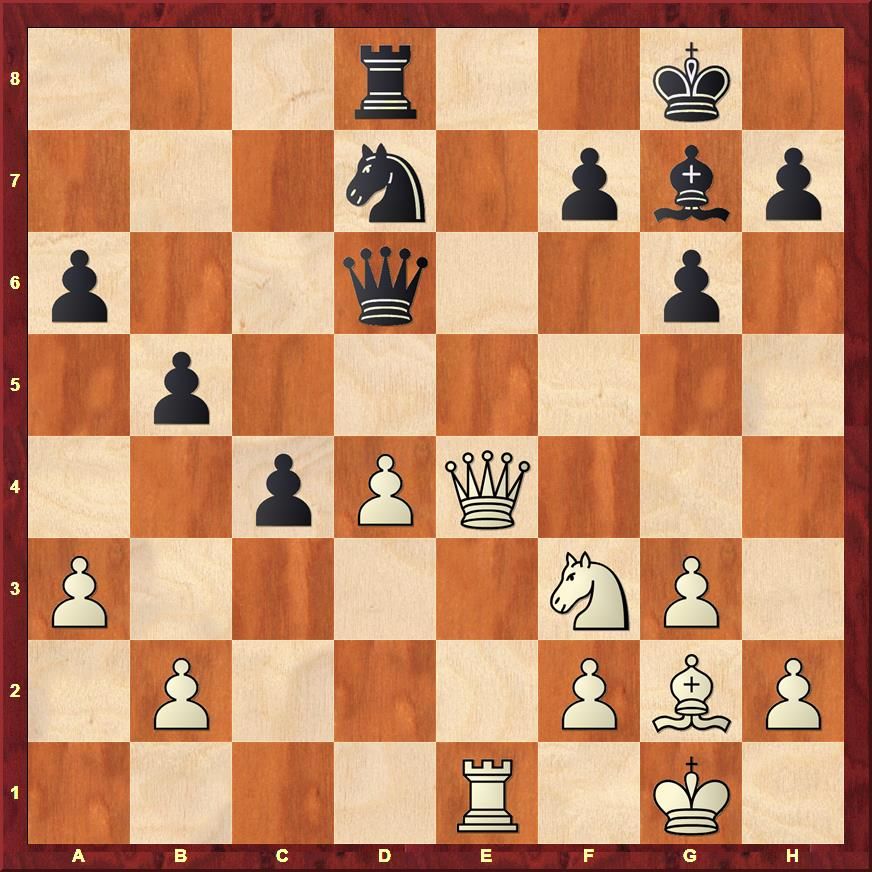
Solution:
On the surface this position looks really easy. White has the d4 pawn which is weak and isolated and the b2 pawn seems like a target. The black queenside majority also looks pretty threatening. But what should Black play? One of the techniques that Jacob Aagaard speaks about in his book Positional Play is the “Three Questions Method”. The three questions are:
- What are the weaknesses in the position?
- Which is the worst placed piece?
- What is my opponent’s idea?
The answer to these three questions gives us more information about the position and helps us delve deeper into the issues that both sides are facing. So let’s try to answer them:
Weaknesses:
White has a weak pawn on d4 and b2. On the other hand Black’s weaknesses could be a6 and f7. It must be said that White’s weaknesses are much easier to attack than Black's.
Worst placed piece:
Black's worst placed piece is surely the knight on d7. If it moved to a better square, Black's position would become more cohesive. In general it should be enough to see what your worst placed piece is. However, if you also see your opponent's poorly positioned pieces, you can get an idea about what he is planning to achieve in a given position. However, for White you don't really have any worst placed piece as such. Perhaps the knight on f3 because it is coming in the way of the bishop on g2, but nothing that is terribly wrong.
Opponent's idea:
If it was White's move he would definitely go in for some activity with Qb7. Also Ne5 could be on the cards.
Now you have a better idea about the position and can start thinking about the concrete moves. Of course, all of you would realize that it is important to move the d7 knight. But where? What do you think about Nf6? Well, this is a move that Jacob calls as an aesthetic move - a move that looks good, but has no function. The knight looks like it stands well on f6, but is just in the way.
So, the next move that can come to your mind is Nb6!? with the idea of Na4 and pressure on the b2 pawn. This is a completely viable idea and the second best move in the position. So what's the best move?
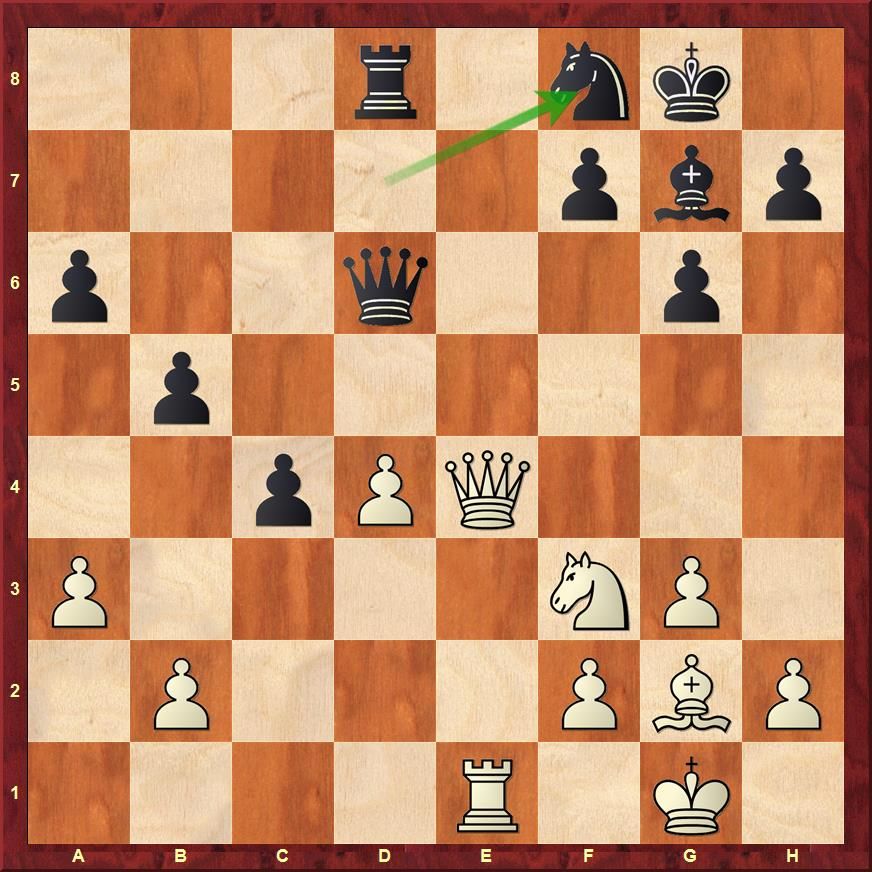
These are the positions which we call as simple but not easy. Don't be too hard on yourself if you didn't find it. Many strong players miss such simple moves quite often. This was one of the positions that was discussed at Jacob Aagaard's camp in Mumbai and I instantly fell in love with the simplicity of Black's idea. I hope you learnt a bit from this example.

Jacob Aagaard is one of the best chess authors and trainers in the world. He is the founder of Quality Chess publishers and his company is one of the best when it comes to chess literature, because they not only have very instructive books, but they churn them out with alarming consistency. When Jacob told me in early January that he was planning a tour of India and Asia, I got really excited. It would be a great experience to spend time with the person whose books have enriched your understanding of the game! And after three months of planning, the day had finally arrived.
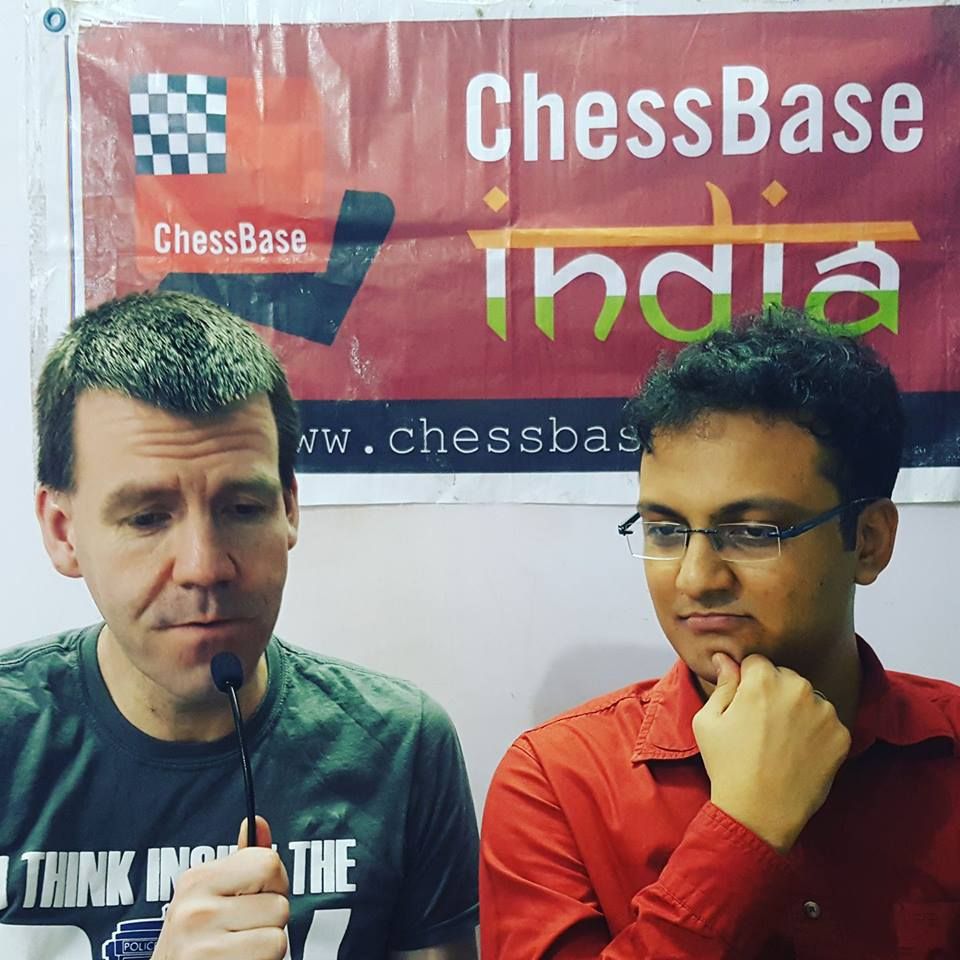
Jacob doesn’t speak something without any thought. I have been with him for four days and I have observed this again and again that he is very careful about what he says. Being a renowned author and trainer, he knows that his words have the power to change the lives and the way of thinking of the viewers. And I really respect such individuals, and so must you. By listening to him carefully, you can gain a lot of ideas related to chess improvement and how to become psychologically stronger. You can watch the entire show here:
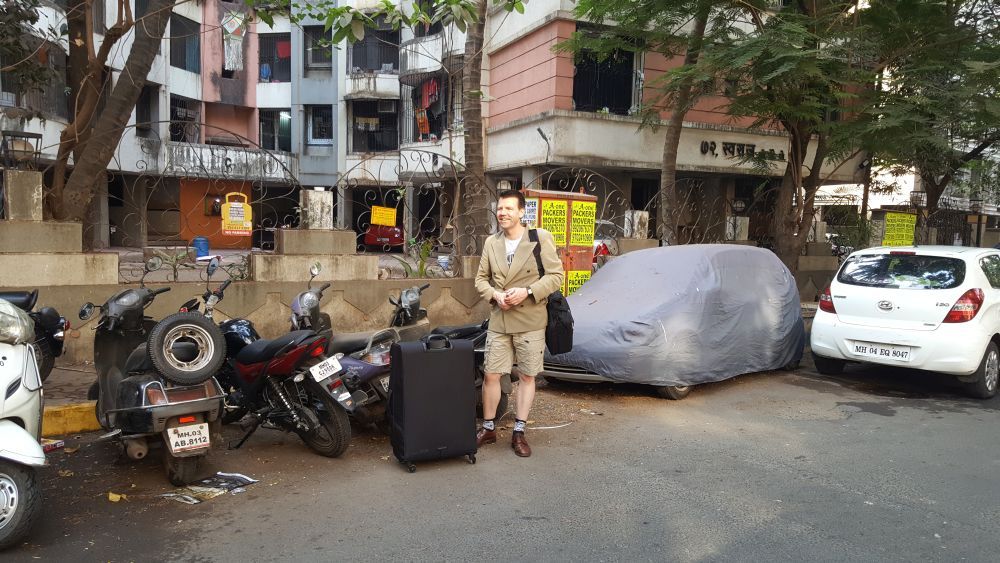
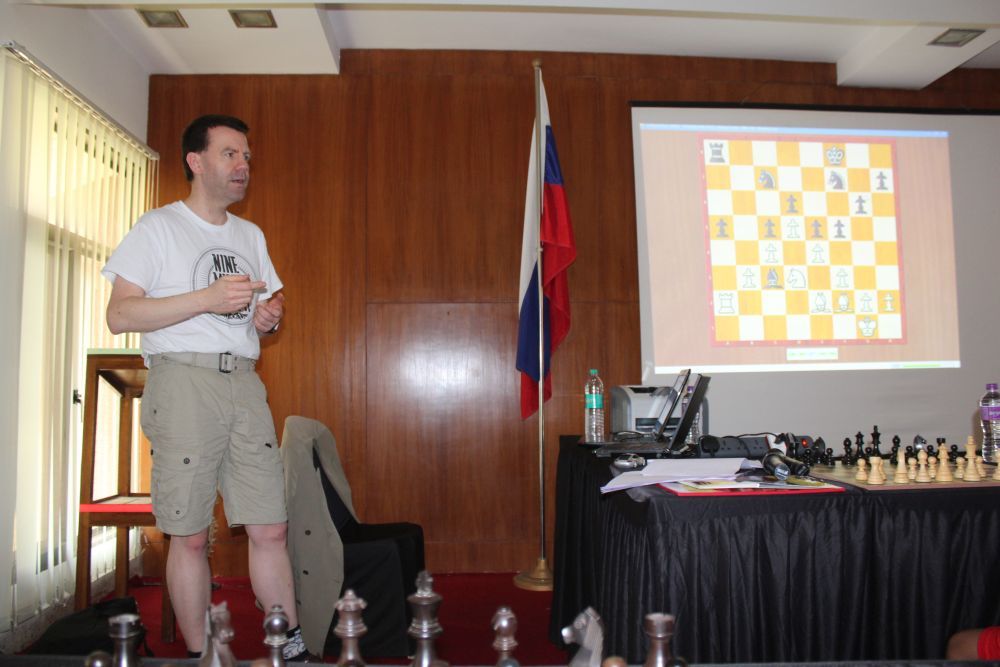
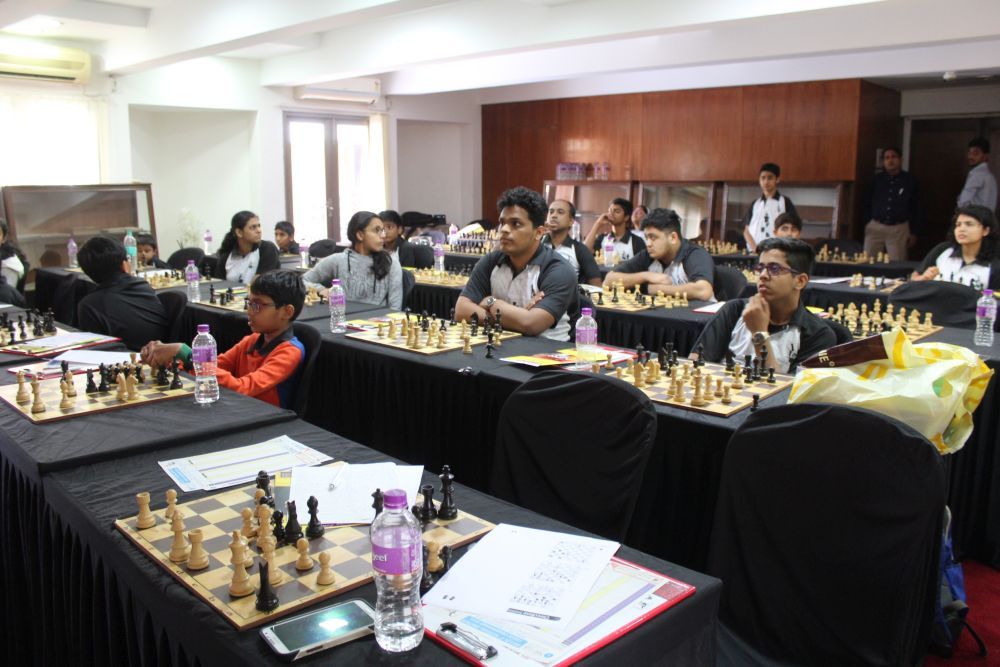
The lecture was mainly based on developing the skill of decision making in chess. Various important things like how to calculate, the difference between calculation and intuition, the art of slowing down and much more was discussed. Some of the things were simple and very logical, but as Jacob often likes to say, they are simple but not easy! For example, have a look at the following position:
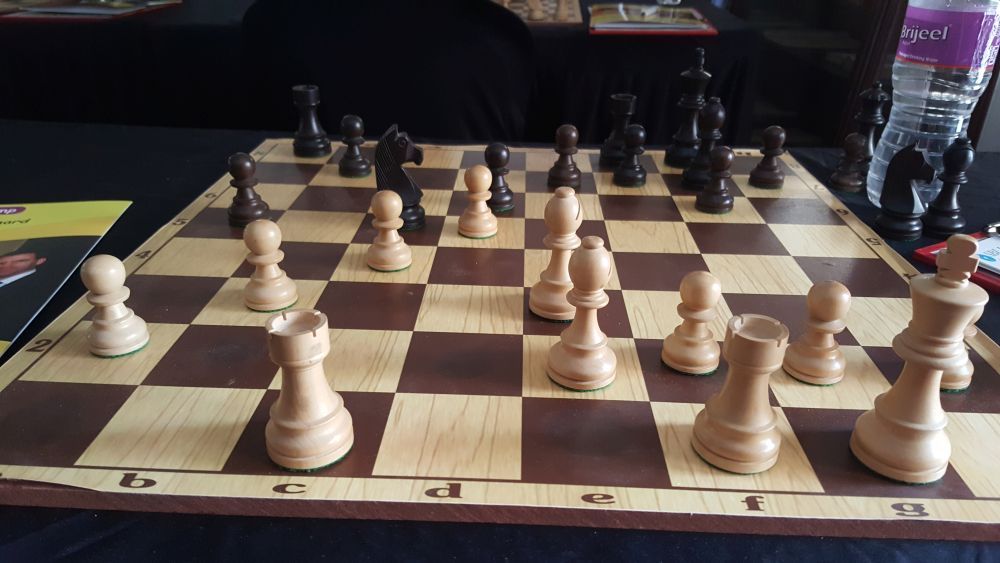
The three point question is a very useful tool when you want to delve deeper into the position. When you think about the weaknesses, worst placed piece and opponent’s idea you get to know something about the position which superficially you cannot.
White’s plan is pretty simple in such positions. He would like to play a3-b4 and get his queenside pawns rolling. At the same time he would like to involve his f1 rook which is currently the most inactive piece. Many players, including strong ones would have played something like Re1. While this is not a bad move, it shows thorough disrespect towards Black’s ideas. Black plays …Bb2!, transfers his bishop to a3 and starts threatening queenside play with …a4!
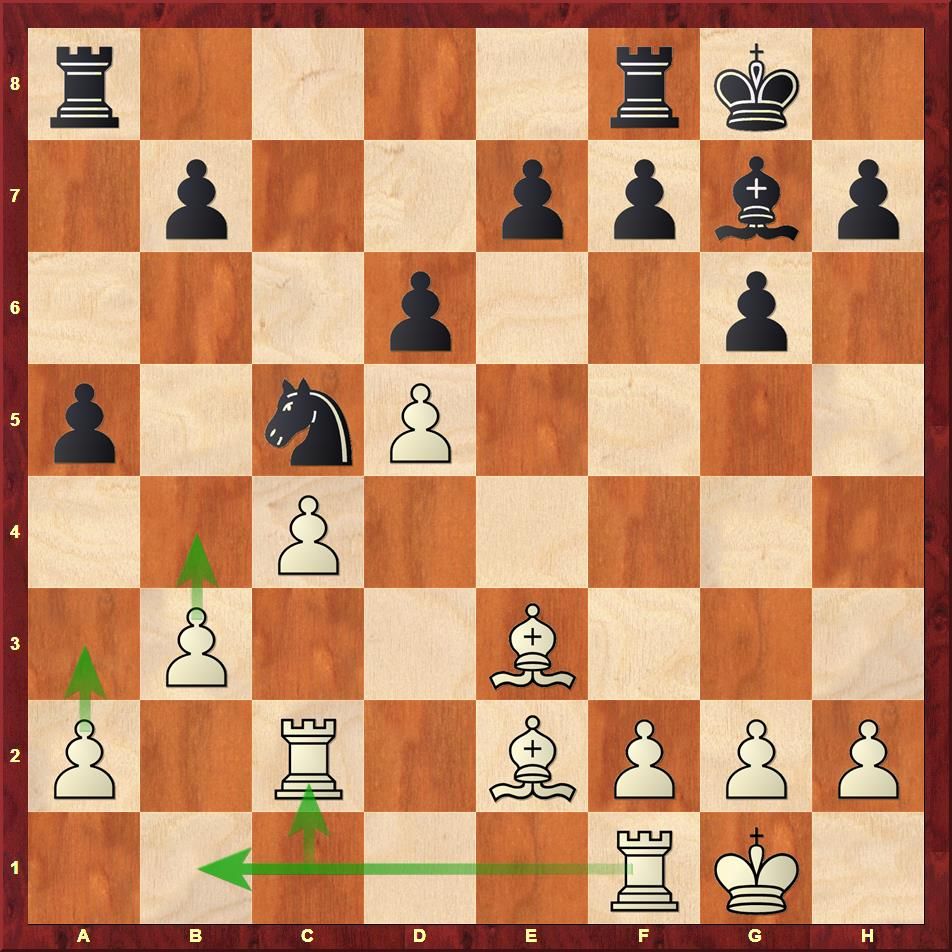
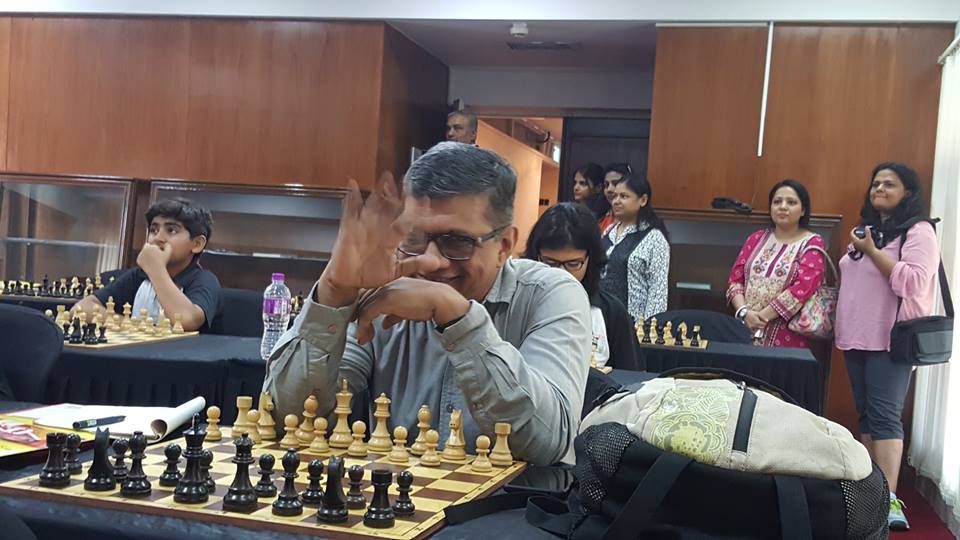
Just to give you an idea of how hard Jacob works for these sessions - after the first day he analyzed the games of the top players at the camp and posed them as questions to the students on the second day! The game that we would like to look at is Oliver Barbosa against Sharad Tilak. Before you check the game, try your hand at these three positions.
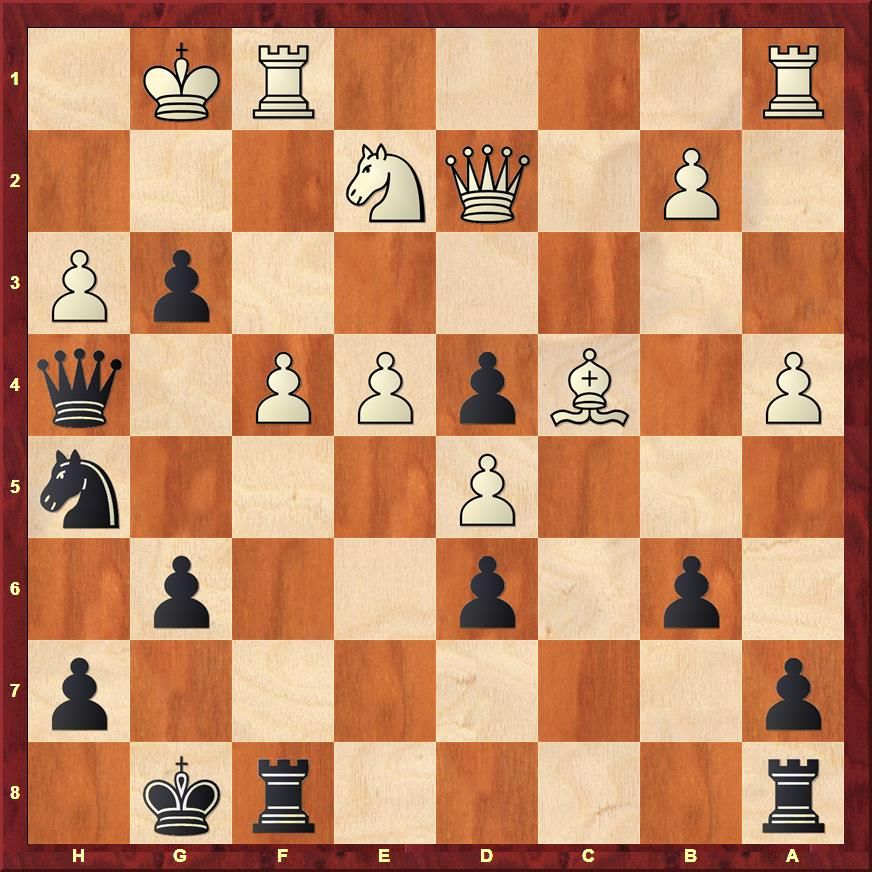
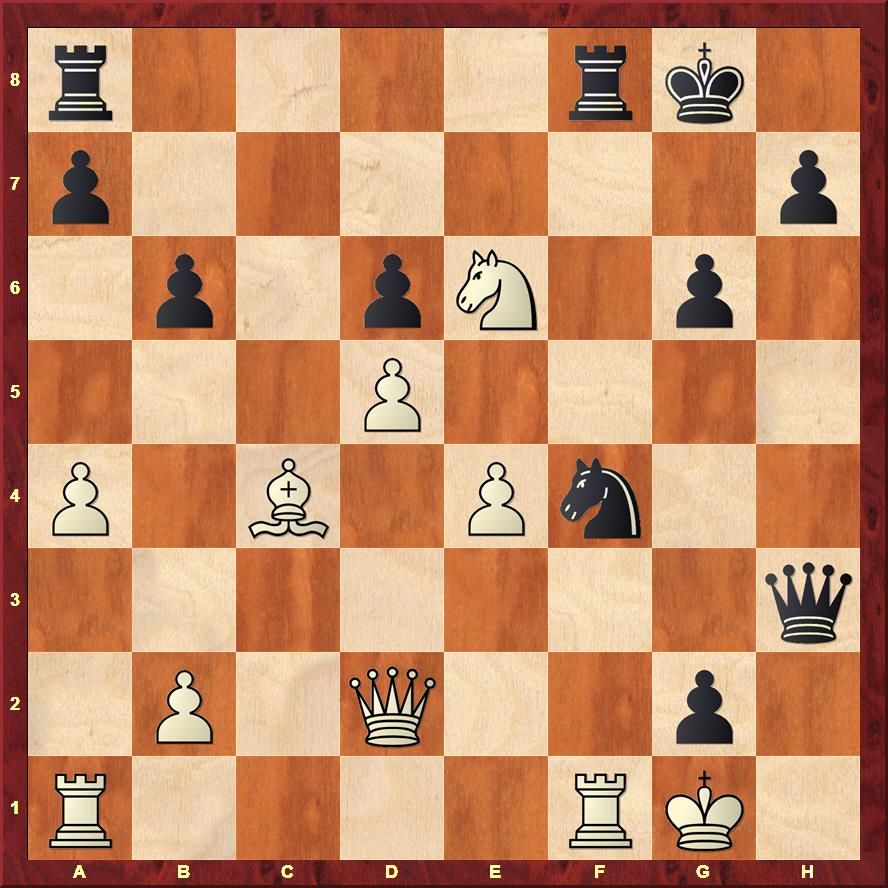
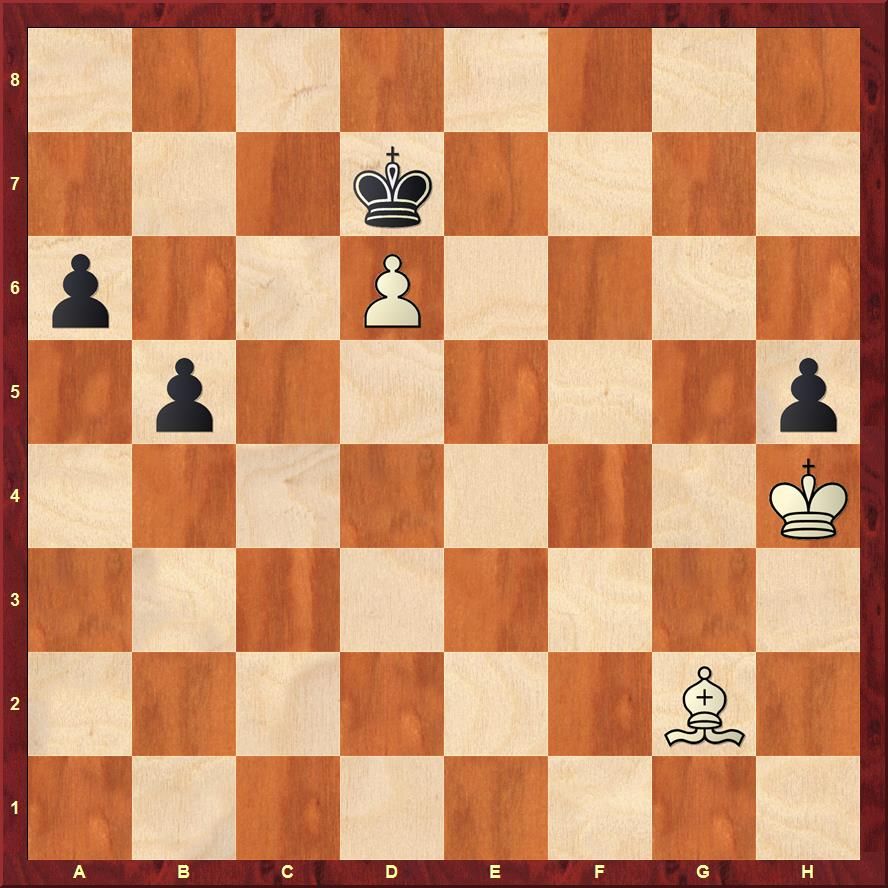
[Site "Mumbai"]
[Date "2012.06.13"]
[Round "9"]
[White "Barbosa, Oliver"]
[Black "Tilak, Sharad S"]
[Result "0-1"]
[ECO "E82"]
[WhiteElo "2550"]
[BlackElo "2287"]
[Annotator "Sagar,Shah"]
[PlyCount "116"]
[EventDate "2012.06.07"]
[EventType "swiss"]
[EventRounds "11"]
[EventCountry "IND"]
[SourceTitle "CBM 148 Extra"]
[Source "ChessBase"]
[SourceDate "2012.06.22"]
[SourceVersion "1"]
[SourceVersionDate "2012.06.22"]
[SourceQuality "1"]
Indian. A chance call to his friend Pravin Thipsay before the game changed
everything. Pravin advised Sharad to go for a dynamic game as Barbosa is quite
a technical expert. And hence to 1.d4 Tilak brought out his King's Indian.} 1.
d4 Nf6 2. c4 g6 3. Nc3 Bg7 4. e4 d6 5. f3 O-O 6. Be3 b6 $5 {A Sharad Tilak
speciality.} 7. Qd2 c5 8. d5 e6 9. a4 exd5 10. cxd5 Nbd7 11. Nh3 Ne5 12. Nf2
Nh5 13. Be2 f5 {Black plays aggressive chess as promised.} 14. f4 Ng4 15. Nxg4
fxg4 16. O-O Qh4 17. Bc4 (17. Nb5 $5 g3 18. h3 Bxh3 19. gxh3 Qxh3 20. Bxh5 $18)
17... g3 18. h3 Bd4 (18... Bh6 {was possible and would have transposed to the
game after f5.}) 19. Bxd4 (19. f5 {was the best move for White to keep
equality.}) 19... cxd4 20. Ne2 Bxh3 $1 {Nothing could be more natural.} 21.
gxh3 Qxh3 {This is an automatic decision. But sometimes it is good to stop and
think if this was the best possible move at your disposal. Easier said than
done for sure, but that's how you improve!} (21... d3 $3 {This intermediate
move sets problems that cannot be solved by White. The main point being that
the bishop is lured to d3 where it is undefended.} 22. Bxd3 (22. Nd4 Nxf4 23.
Ne6 Ne2+ 24. Kg2 Qxe4+ {Game over.}) 22... Qxh3 23. Nd4 Nxf4 (23... g2 24. Qxg2
Qxd3 $17) 24. Ne6 {is losing because of} Nxd3 $1 25. Rxf8+ Rxf8 26. Nxf8 Nf2
$19 {And the king is caught in a mating net.}) 22. Nxd4 Nxf4 23. Ne6 g2 24.
Rxf4 Rxf4 {[#] A critical moment of the game and one which has to be solved by
the method of comparison. Take with the knight or the queen?} 25. Qxf4 {
This looks like the safer alternative as the f8 square is controlled and the
rook cannot join in, but the downside is that the b2 pawn is lost and that
could turn out to be an important factor.} (25. Nxf4 $5 {This would have been
a better decision, but for that you must have nerves of steel!} Qh1+ 26. Kf2
Rf8 $1 {An excellent try.} (26... Qxa1 27. Kxg2 Rf8 28. Ne6 $16 {is clearly a
better version as compared to the game because the b2 pawn is still alive.})
27. Rg1 Qh4+ 28. Kf3 $1 (28. Ke2 Rxf4 $44 {is already excellent compensation.})
28... Qh3+ 29. Ke2 Qg4+ 30. Kd3 Rxf4 31. Qxg2 Rf3+ 32. Kd4 $1 {The only move
to maintain an advantage, because this is the only move that keeps the e4 pawn
defended.} Qf4 {This looks really scary, but White has a killer blow!} 33. Qg5
$1 $18 {Not an easy move to see but the king is now safe on d4.}) 25... Qh1+
26. Kf2 Qxa1 27. Kxg2 Qxb2+ 28. Kg1 Rc8 29. Bf1 {And although the position is
even, any exchange of queens will land White in a lost position as Black has
three pawns and a rook against two minor pieces.} Qc1 30. e5 $4 {Just a blind
spot for Oliver Barbosa.} (30. Qf6 $11) 30... Qxf4 31. Nxf4 dxe5 {Black has a
lot of material and should have won easily, but he complicated matters.
However, after a huge fight he did win the game!} 32. Nd3 e4 33. Nf2 e3 34. Ng4
Rc3 35. Kg2 h5 36. Nf6+ Kf7 37. Ne4 Ra3 38. Kf3 Rxa4 39. Kxe3 Rxe4+ 40. Kxe4
Ke7 41. Ke5 g5 42. Bb5 g4 43. d6+ Kd8 44. Kf4 Kc8 45. Bc6 a6 46. Be8 b5 47. Bc6
Kd8 48. Kg5 g3 49. Kh4 g2 50. Bxg2 Kd7 {[#]} 51. Kxh5 $2 {This loses.} (51. Bf3
$3 {This move is perhaps impossible to find, but the idea is pretty simple.
The bishop would like to stop the pawns from the back, something like f7,
rather than from the front. This is the only move to draw the game.} Kxd6 52.
Bxh5 $11) 51... Kxd6 52. Kg4 a5 53. Kf4 a4 54. Be4 a3 55. Bb1 Kc5 56. Ke3 Kc4
57. Kd2 Kb3 58. Bf5 Kb2 0-1
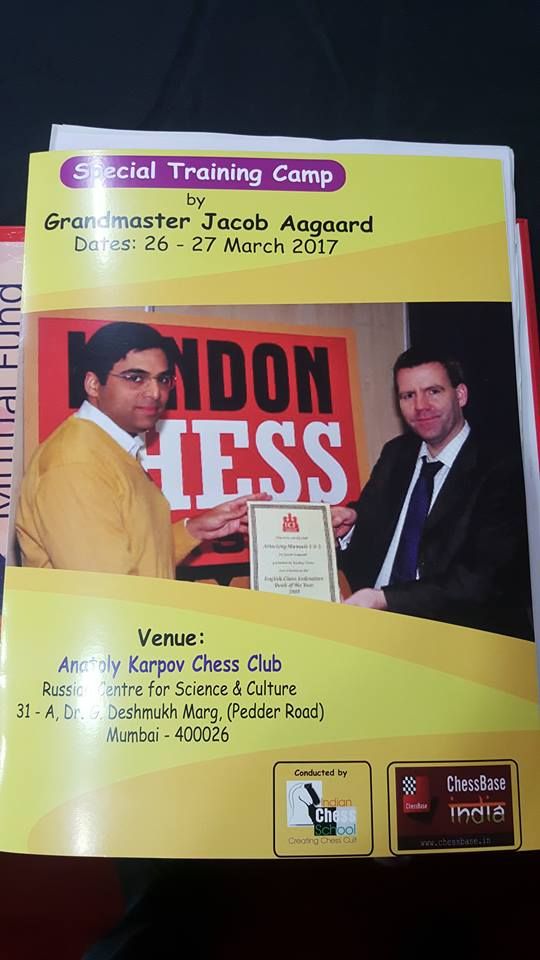
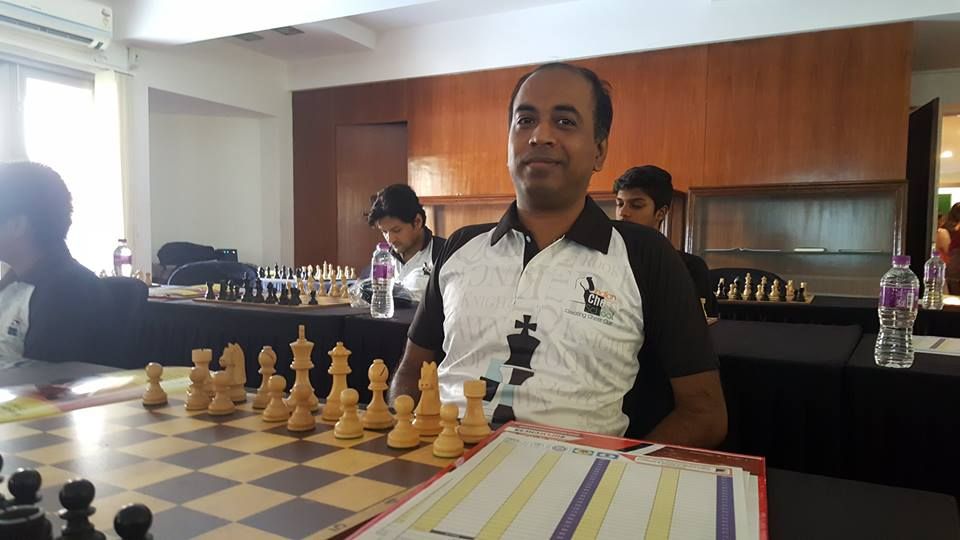
Vikramaditya Kulkarni - Deep Sengupta
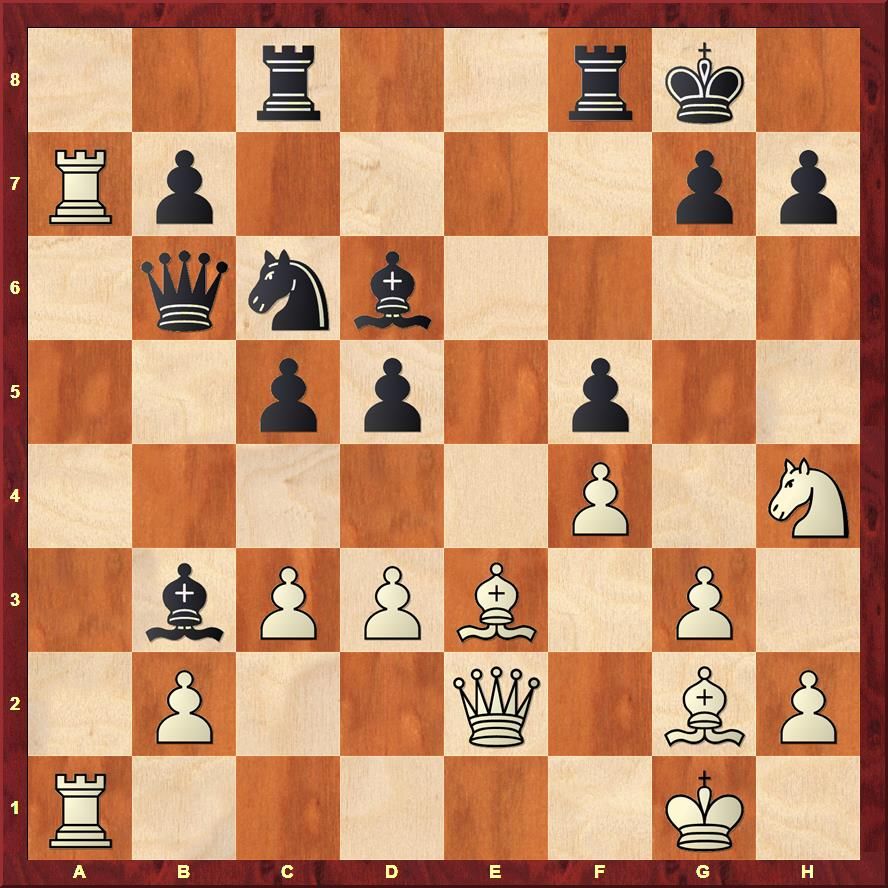
Using the three question method, we realize that something is wrong with the Black position because of his b3 bishop. It is misplaced. Hence, even though the rook is attacked on a7, it is the right time to go for 18.c4!
[Site "Bhopal"]
[Date "2013.10.18"]
[Round "8"]
[White "Kulkarni, Vikramaditya"]
[Black "Sengupta, Deep"]
[Result "1-0"]
[ECO "A08"]
[WhiteElo "2335"]
[BlackElo "2589"]
[Annotator "Sagar,Shah"]
[PlyCount "41"]
[EventDate "2013.10.12"]
[EventType "swiss"]
[EventRounds "13"]
[EventCountry "IND"]
[SourceTitle "EXT 2014"]
[Source "ChessBase"]
[SourceDate "2013.11.20"]
[SourceVersion "1"]
[SourceVersionDate "2013.11.20"]
[SourceQuality "1"]
Bd7 9. f4 f5 10. c3 Rc8 11. Nb3 Na5 12. Be3 Ba4 13. Qe2 Nxb3 14. axb3 Bxb3 15.
exf5 exf5 16. Rxa7 Qb6 17. Rfa1 Nc6 18. c4 $3 {A brilliant imaginative move by
Vikramaditya, shutting out the bishop on b3.} Nxa7 19. Bxd5+ Kh8 $4 {This was
clearly a bad day for Deep.} (19... Rf7 {Of course this was forced and had to
be calculated.} 20. Bd2 $1 {A very interesting move threatening Ba5 and also
letting the queen come in on e6.} (20. Nxf5 {is what Vikramadity had planned
during the game.} Bf8 21. Qg4 $2 (21. Rxa7 $5 Qxa7 22. Nh6+ gxh6 23. Qg4+ Bg7
24. Qxc8+ $18) (21. Bd2 $5 {The bishop comes over to c3 and even though White
maybe a rook down, just look at his pieces. While Black is completely doomed.})
21... Rd8 $17) 20... Bf8 21. Nf3 $1 {The knight threatens to jump into e5 and
g5.} Rd8 22. Bxf7+ Kxf7 23. Ba5 Qa6 24. Ng5+ Kg6 25. Bxd8 Qxa1+ 26. Kg2 $18 {
Look at the black pieces! The king is going to be mated pretty soon!}) 20. Ng6+
$1 hxg6 21. Qg2 $1 {There is no way to stop Qh3 mate.} 1-0
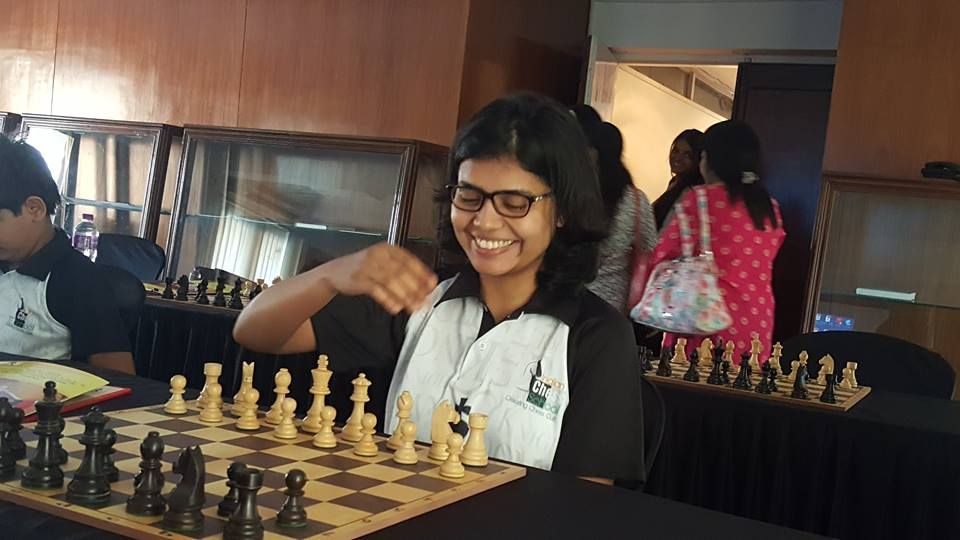
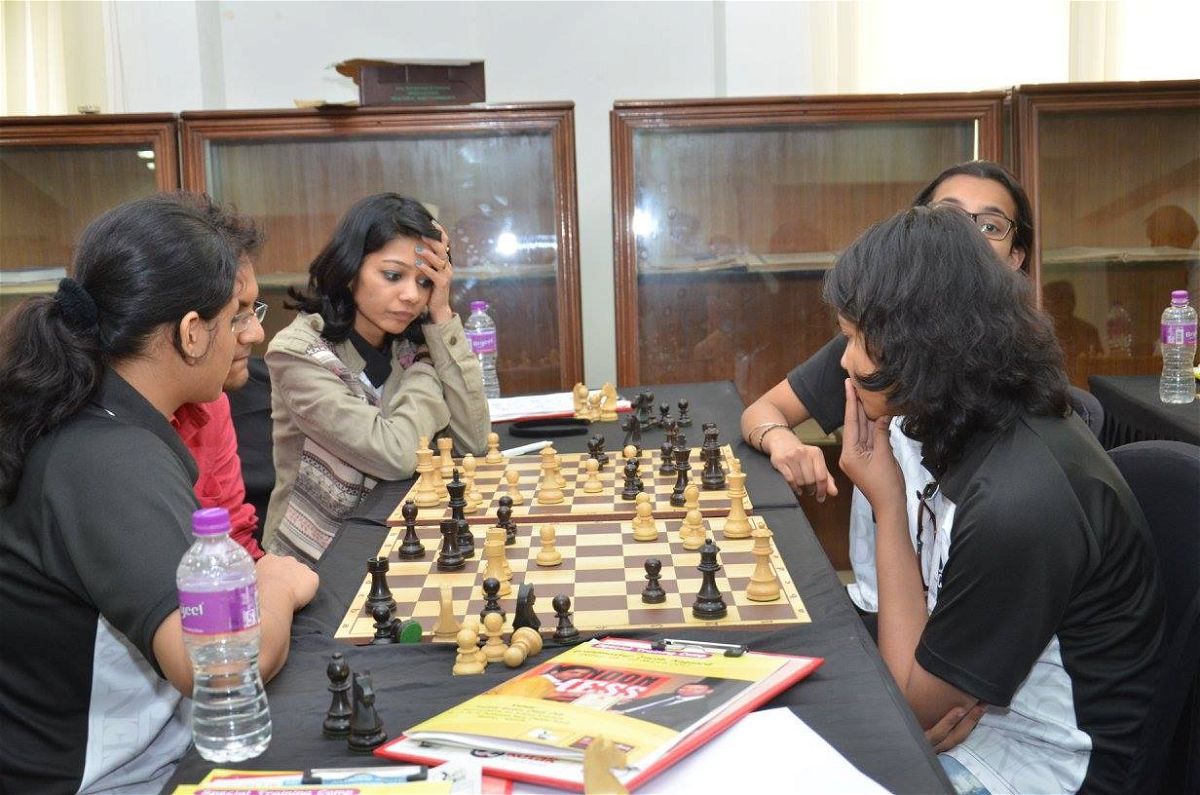
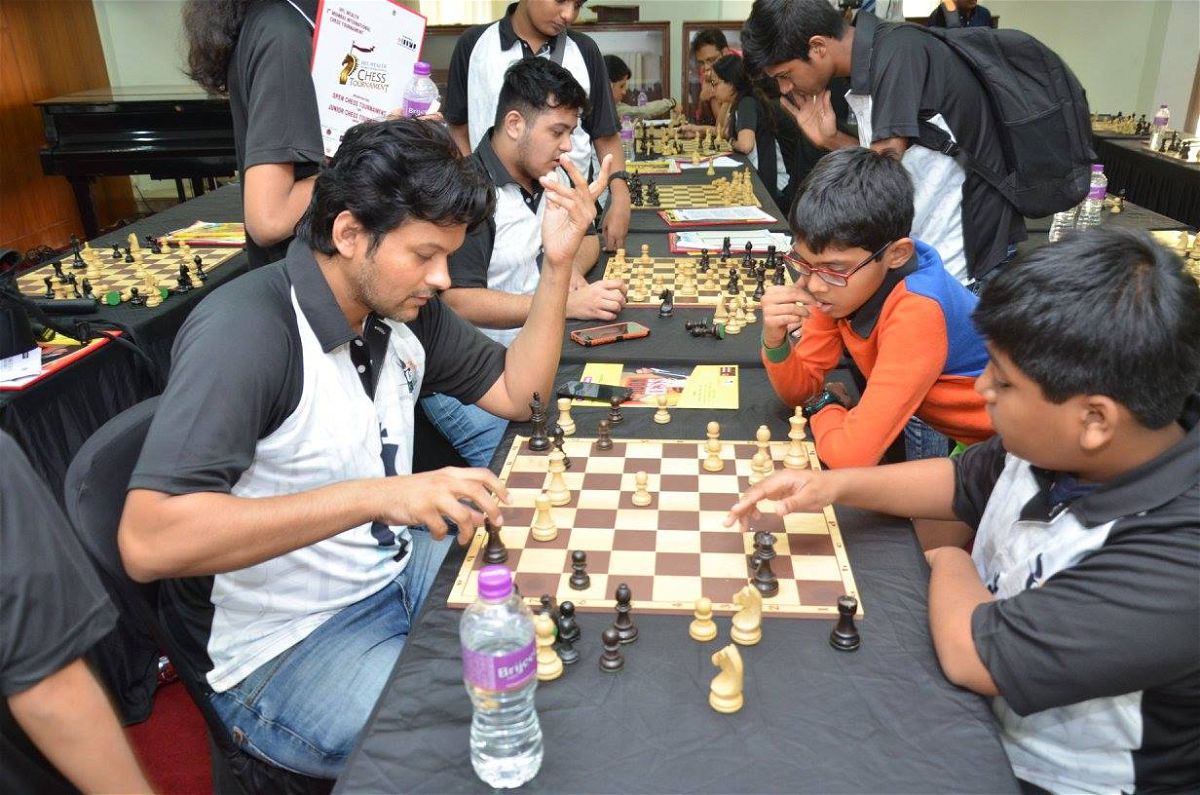
And there were two boards with the same positions kept between the two teams. So when the discussions were done, a move was made on both boards! Of course there was a clock on both the boards! So towards the end it became a mad rush to avoid losing on time!
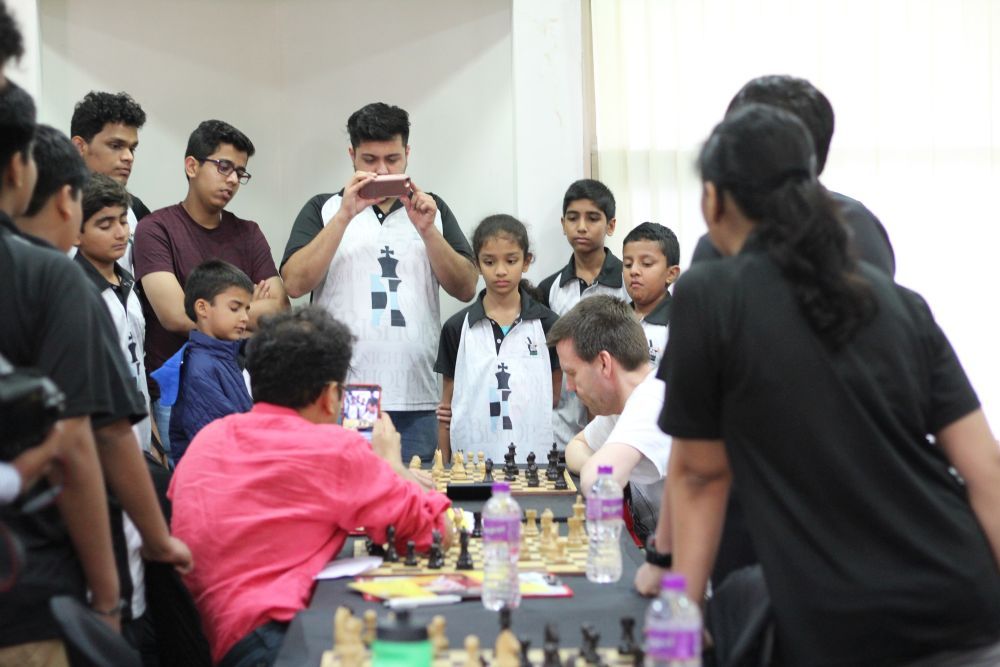
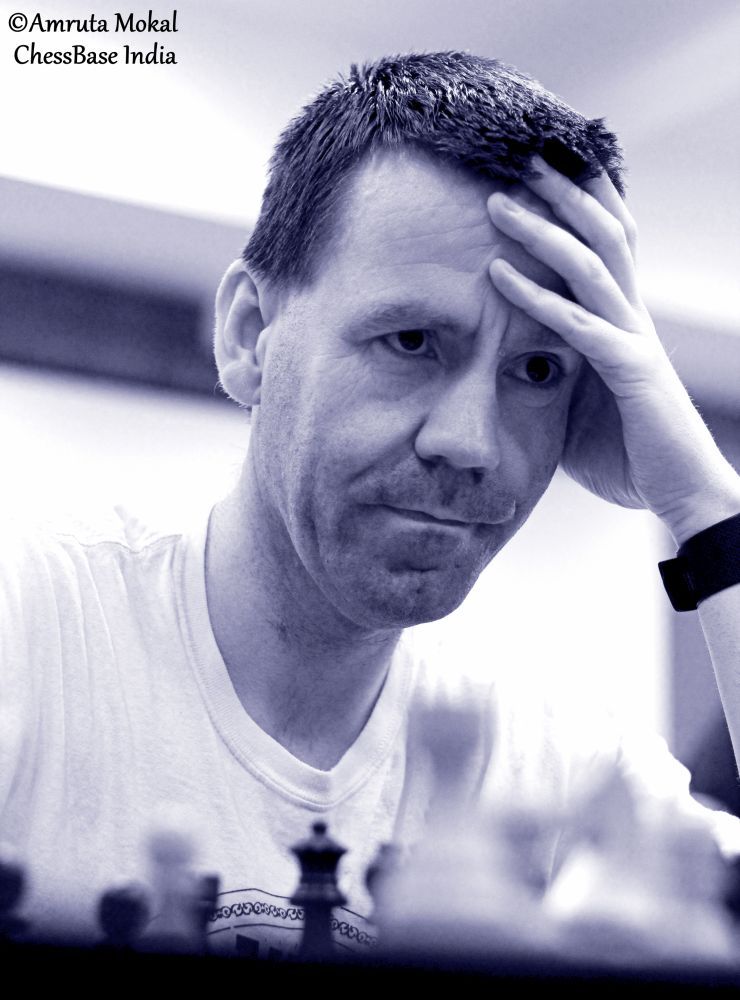
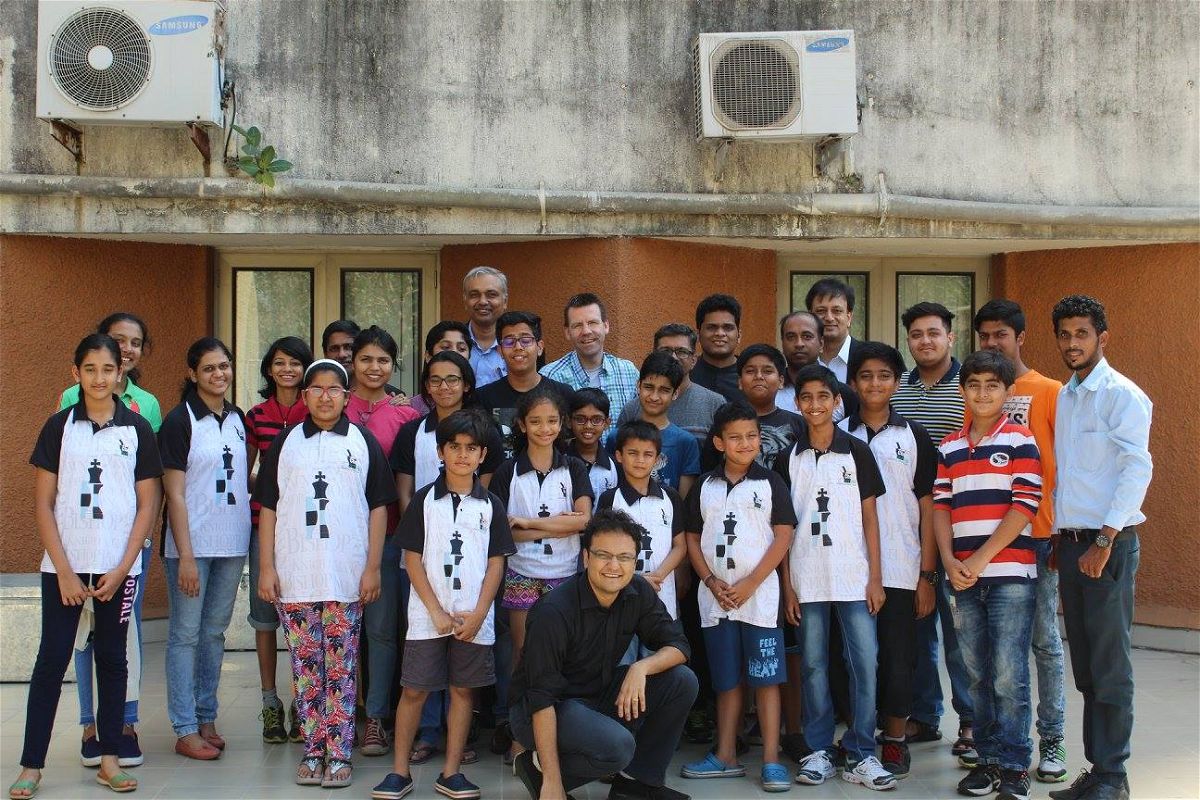
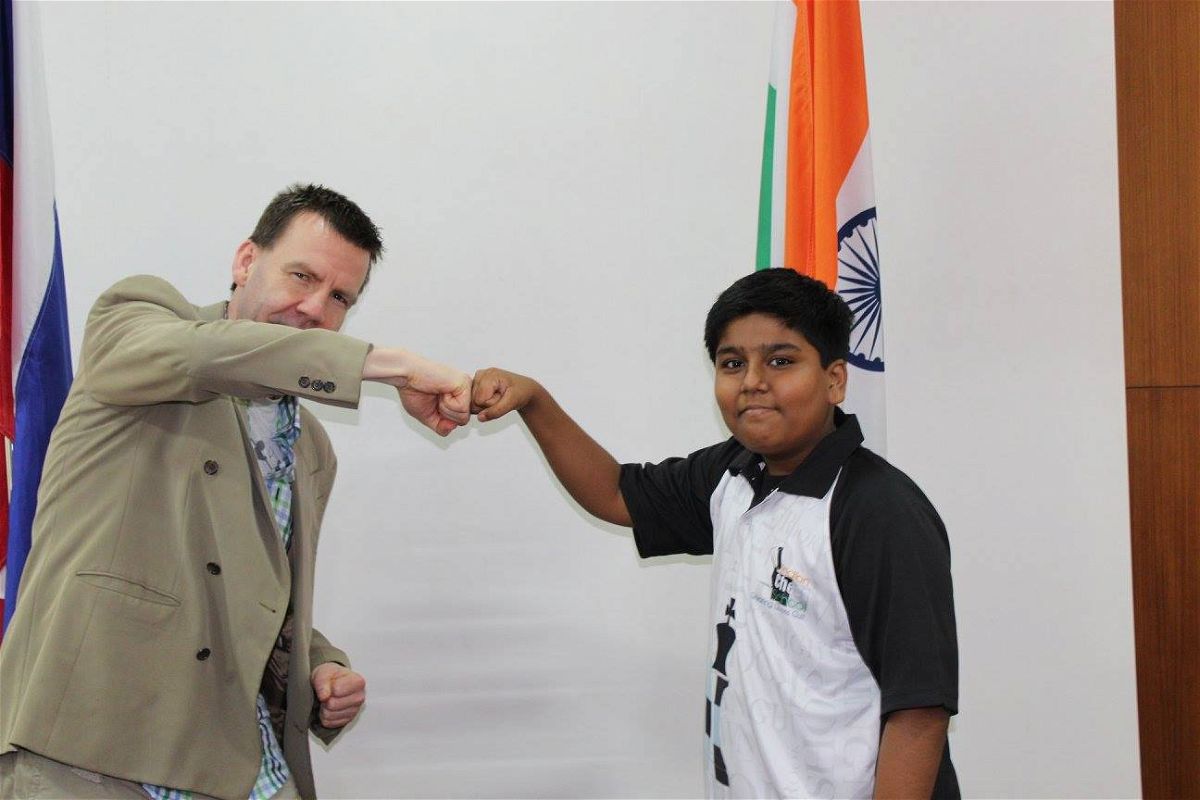

All the pictures taken were printed out and given to the participants autographed by Jacob, which would be a lifetime memory!
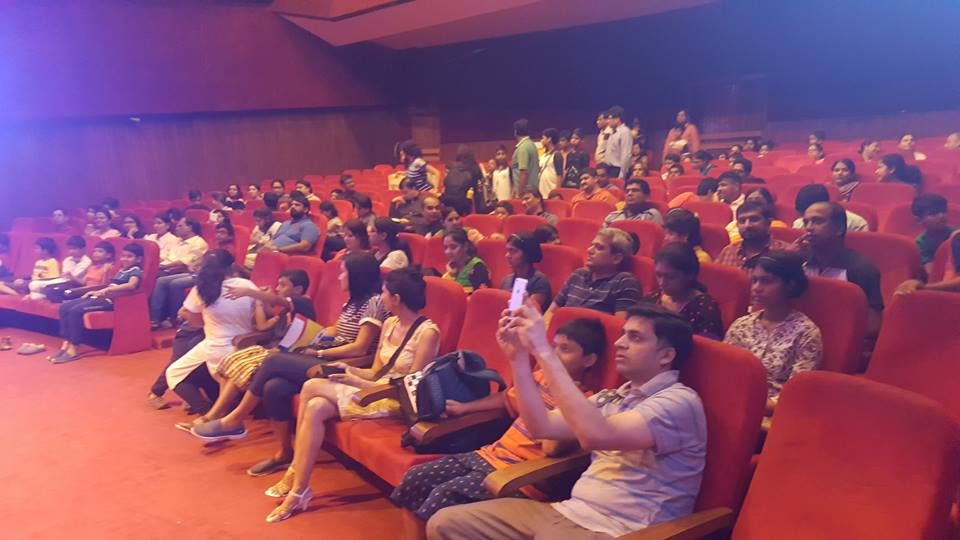
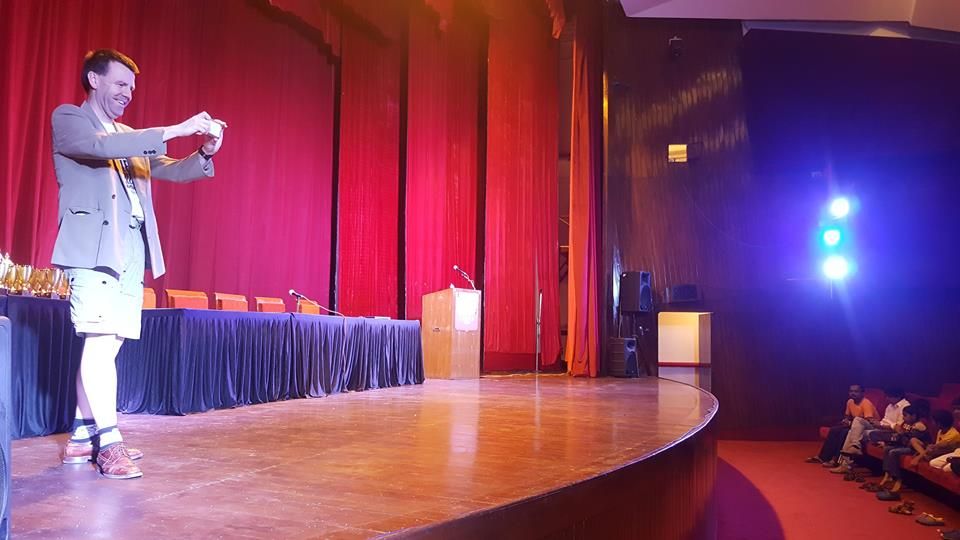
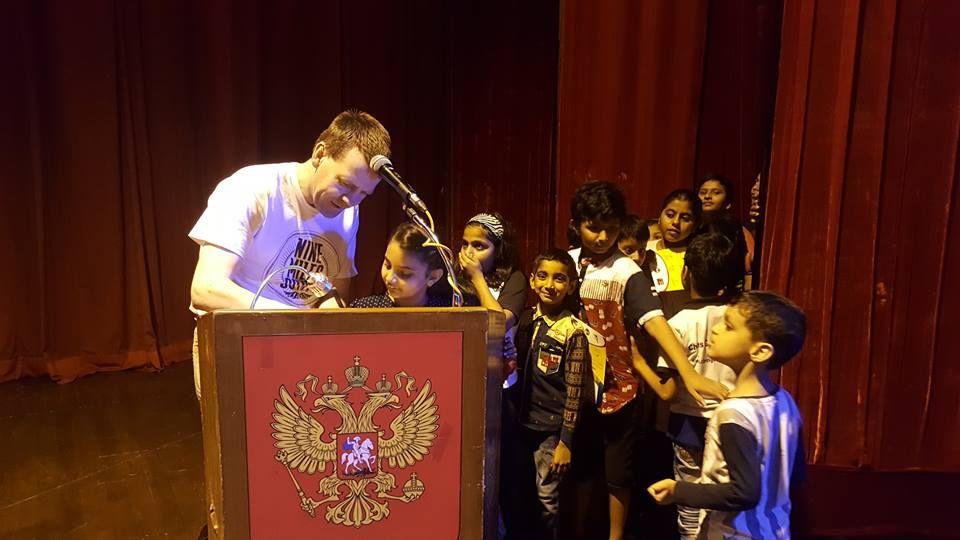
The open session was held on 26th March evening in the auditorium of the RCSC. Jacob spoke about the importance of a good mindset for a chess player. There is the growth mindset and the fixed mindset. We have recorded his entire speech so that you can learn and benefit from it.
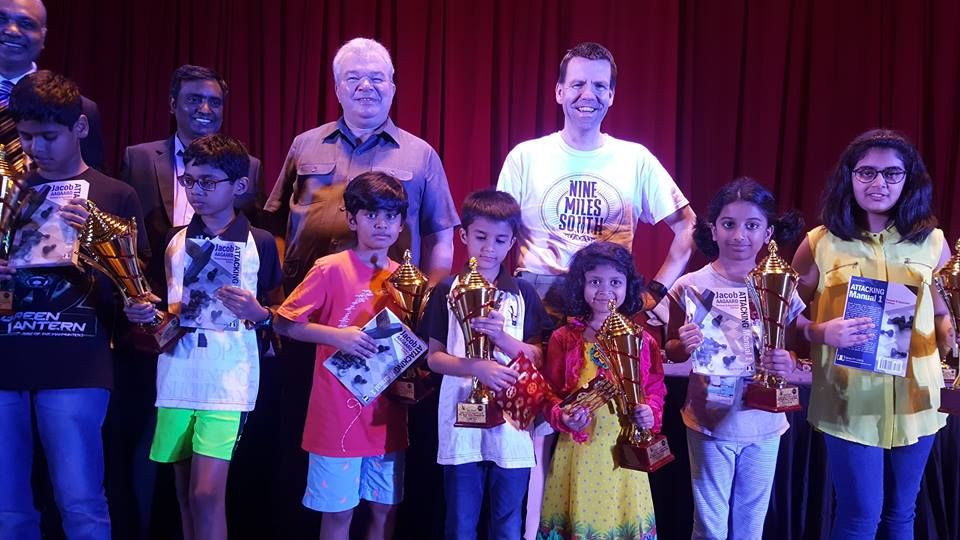


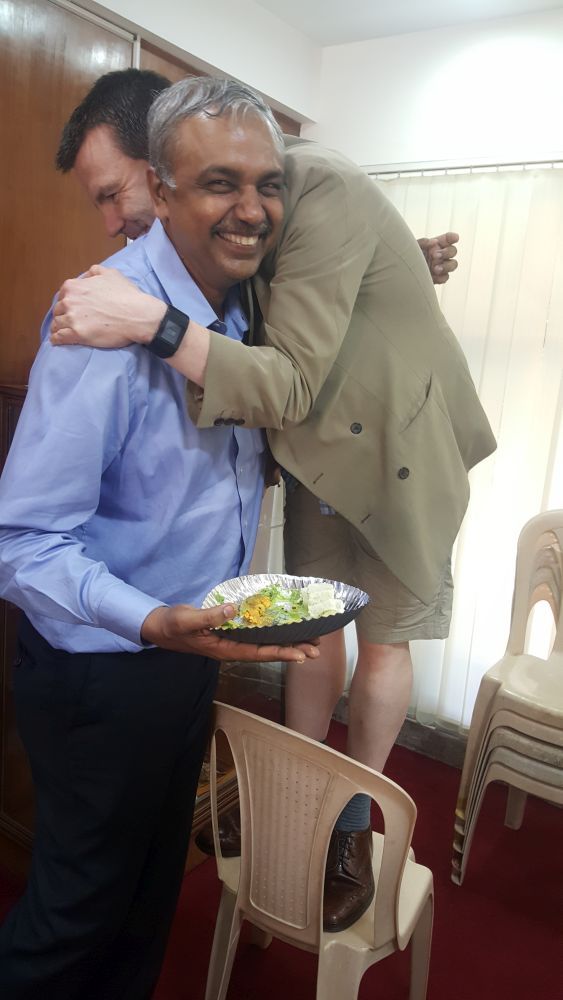
Thats the only way you can hug Praful Zaveri! Jacob was very grateful to Praful and the Indian Chess School and so are we! This was a great organizational feat by one of the best organizers in Mumbai and it surely benefited the players tremendously.
Jacob Aagaard is on a book tour of India and Asia and his main aim is spread knowledge about the best ways one can work on chess. Know about his entire schedule from the entire page dedicated to this trip.
http://aagaard.chessbase.in/

